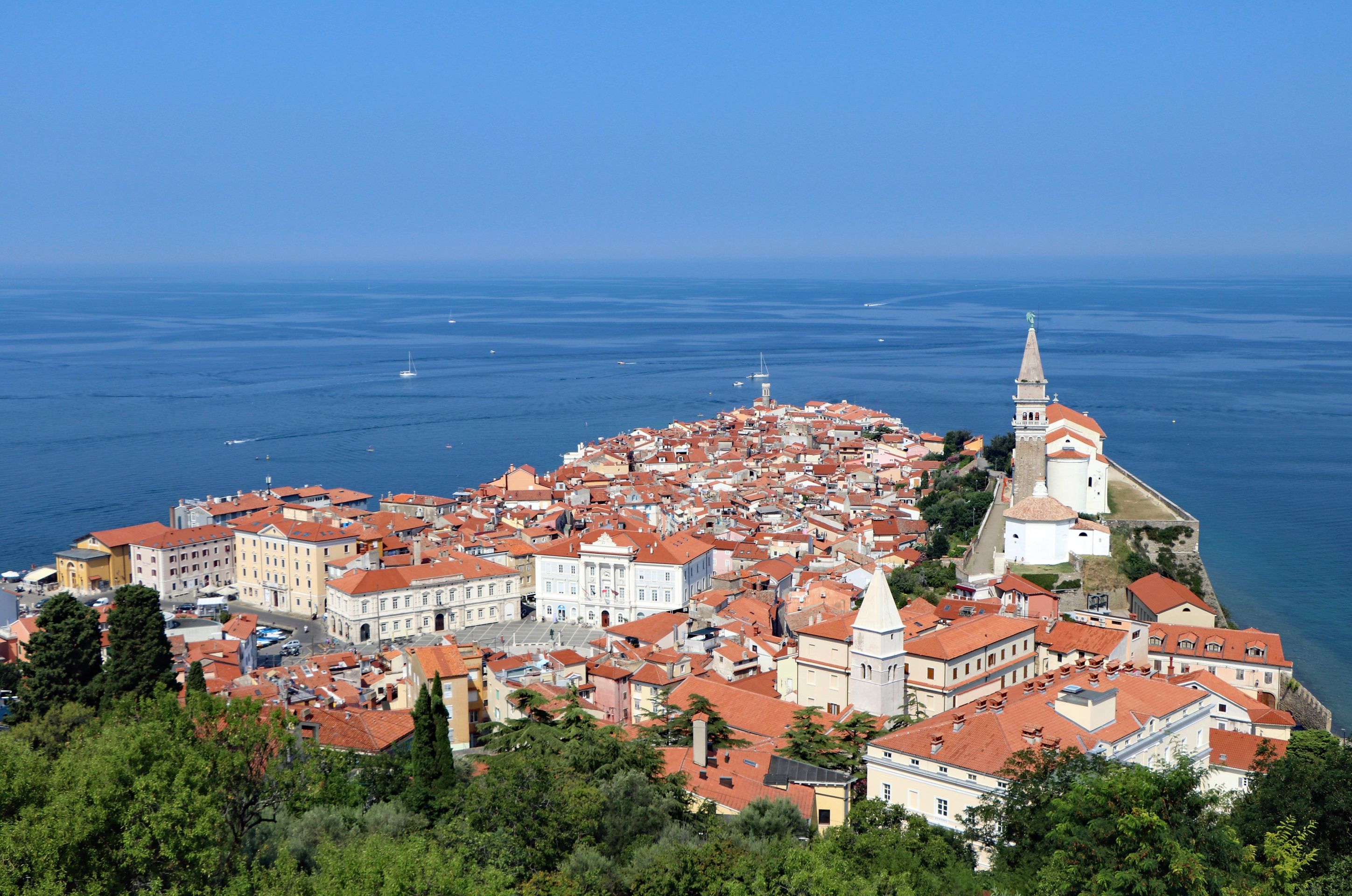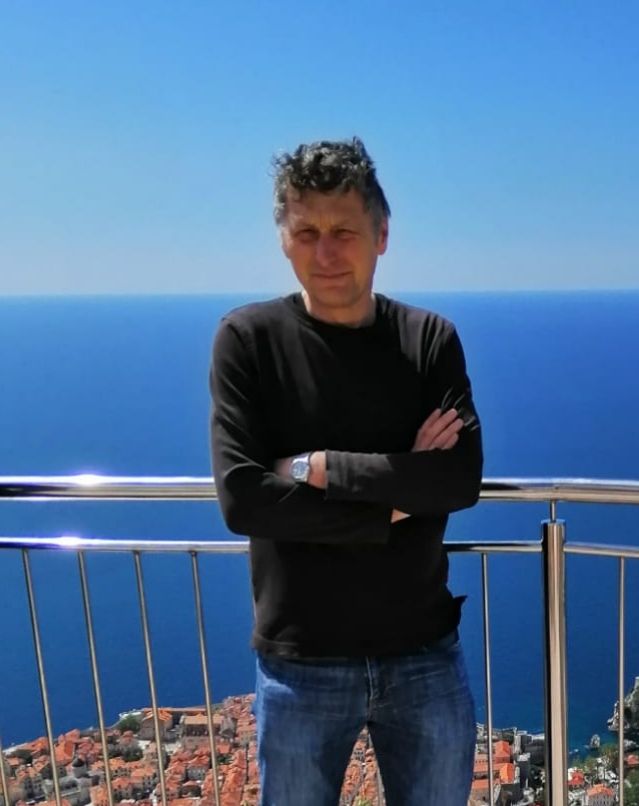
Wolfgang Zander
vakantio.de/eine-reise-mit-dem-zug-durch-bulgarien
BULGARIA, Part 10 and last: Ruse and the Danube
Whakaputaina: 26.07.2020
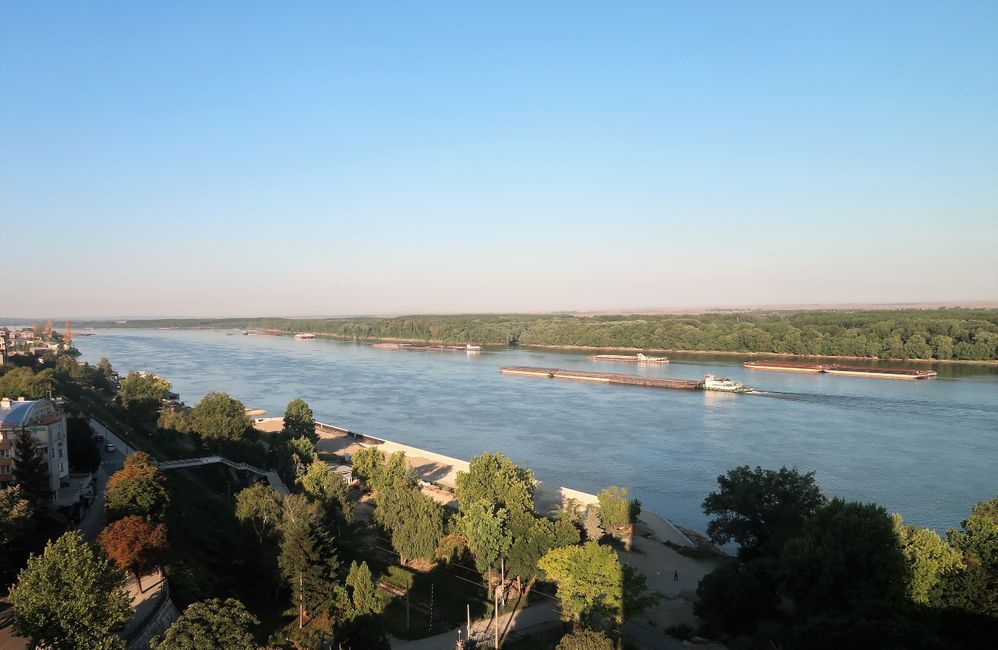
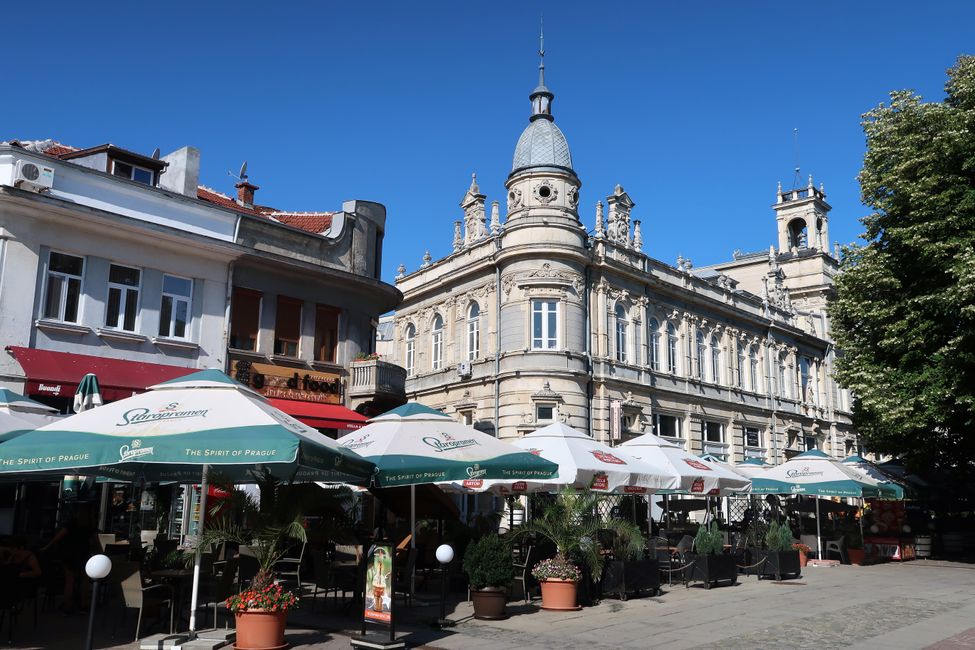
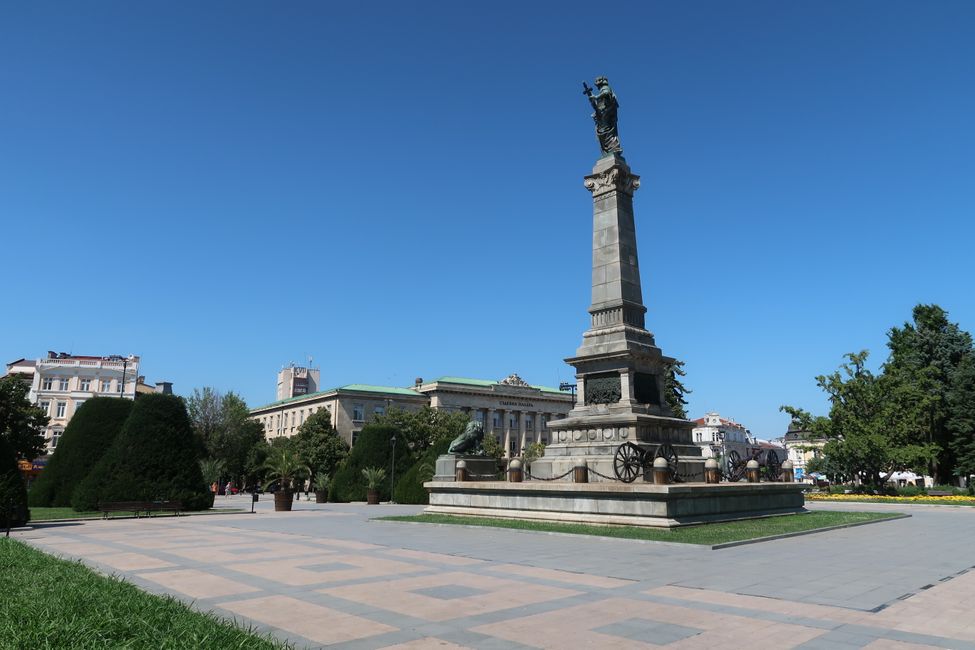
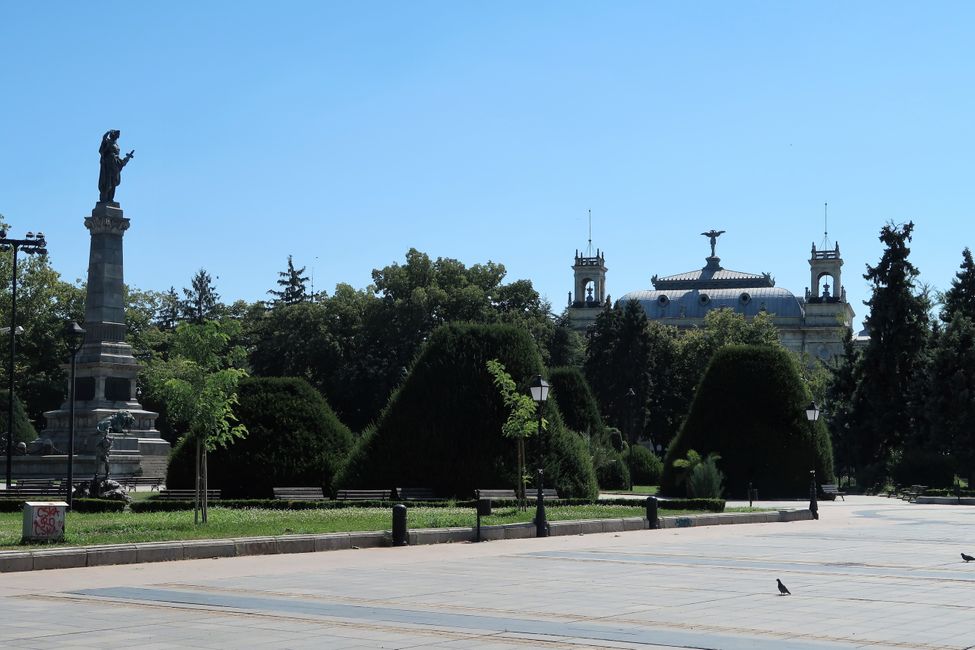
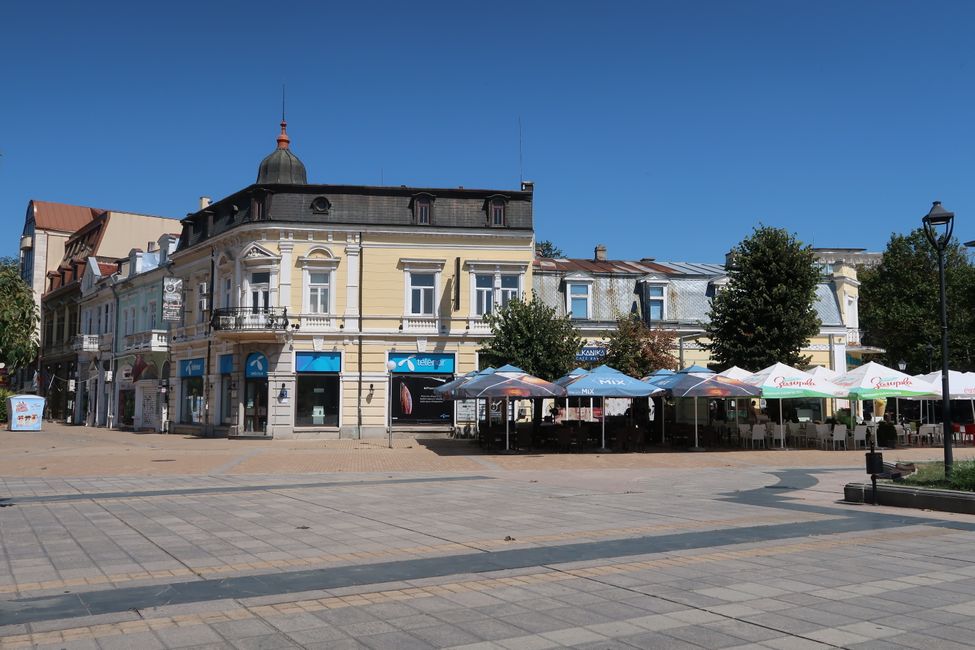
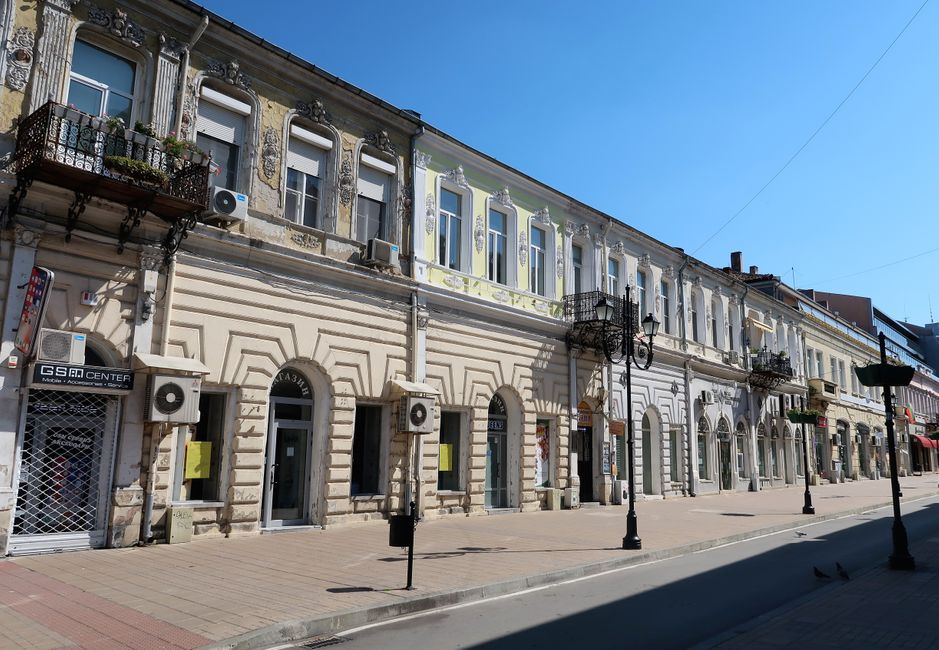
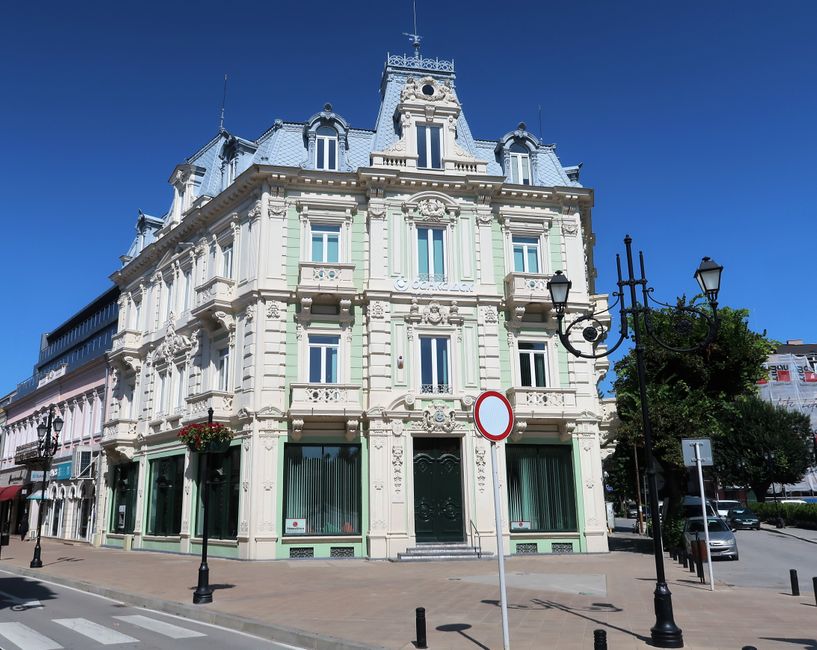
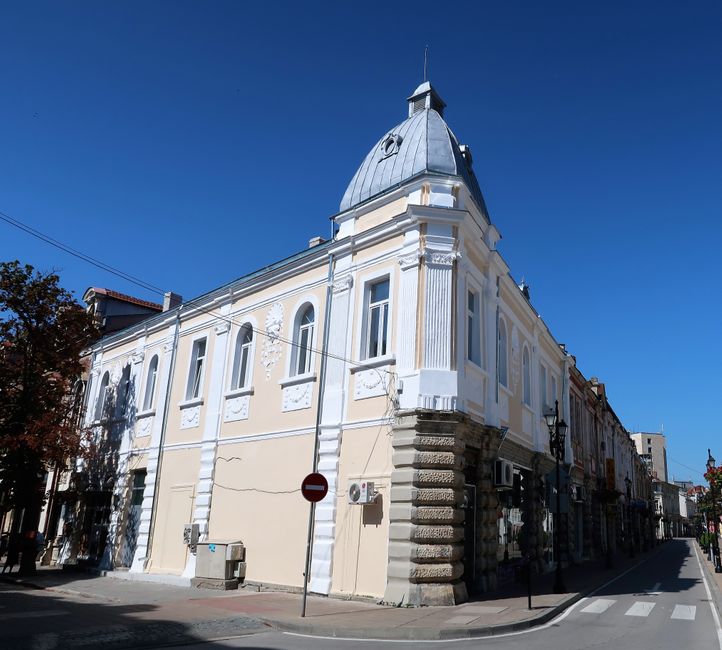
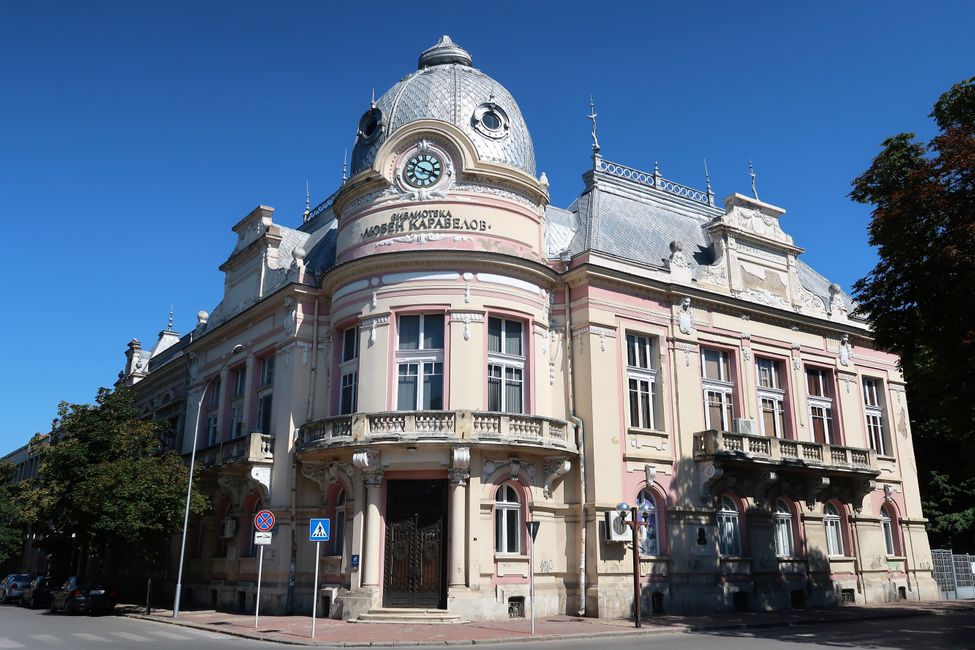
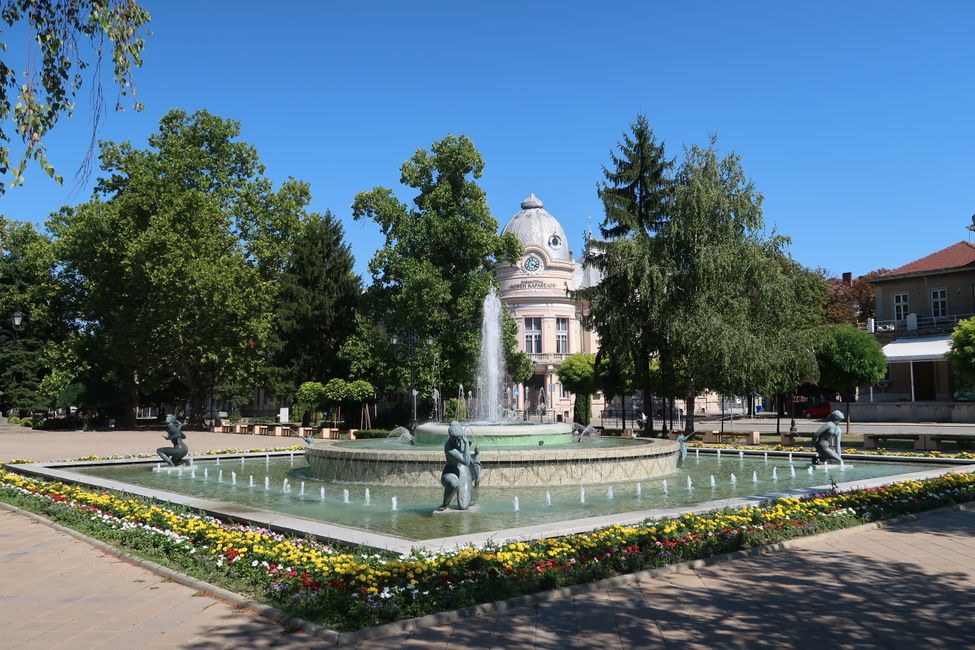
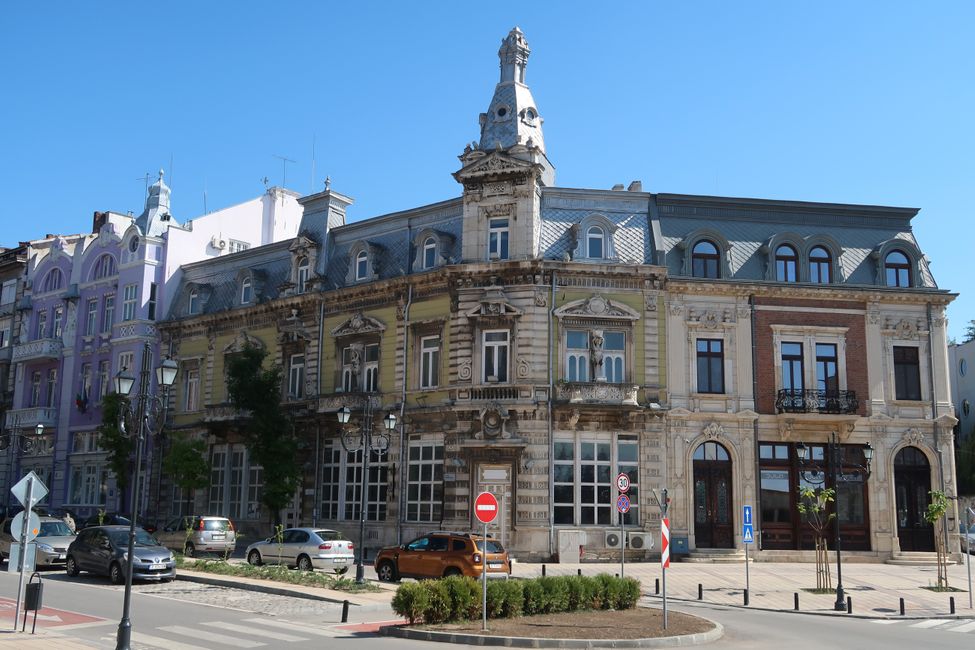
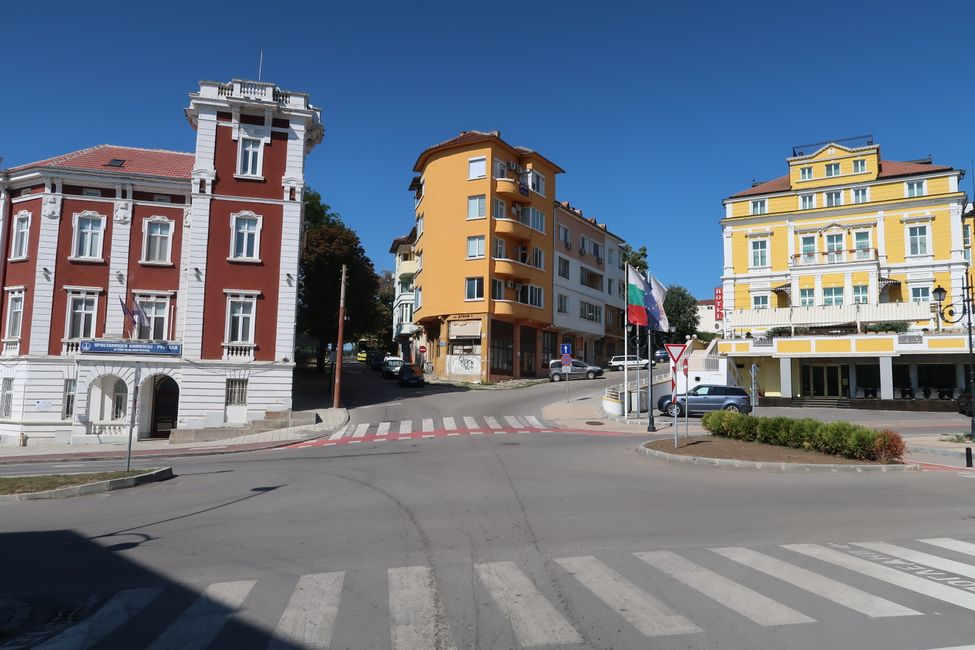
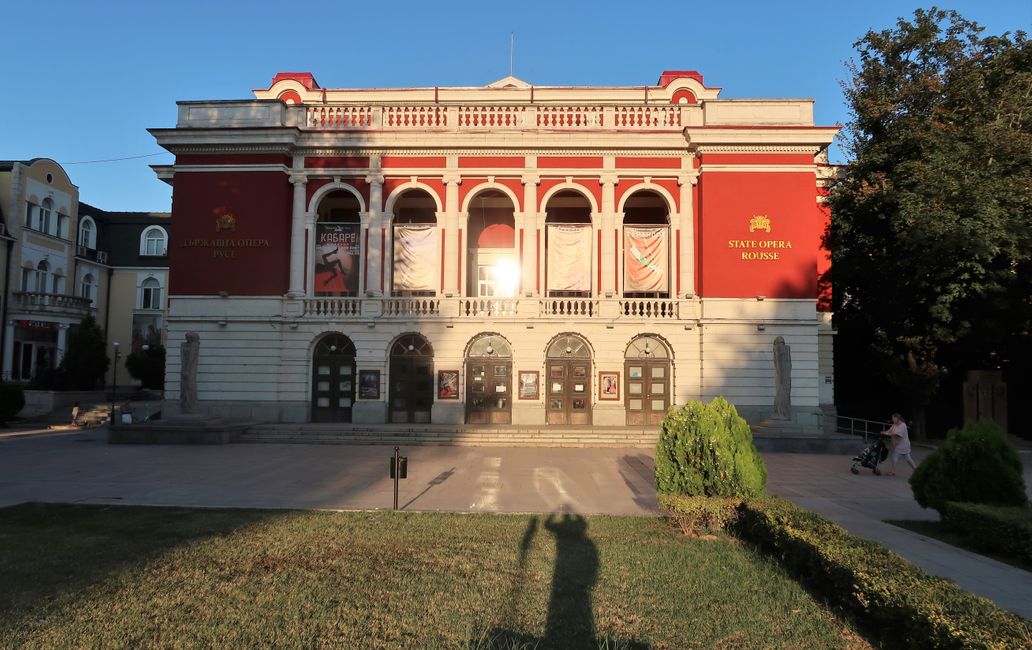
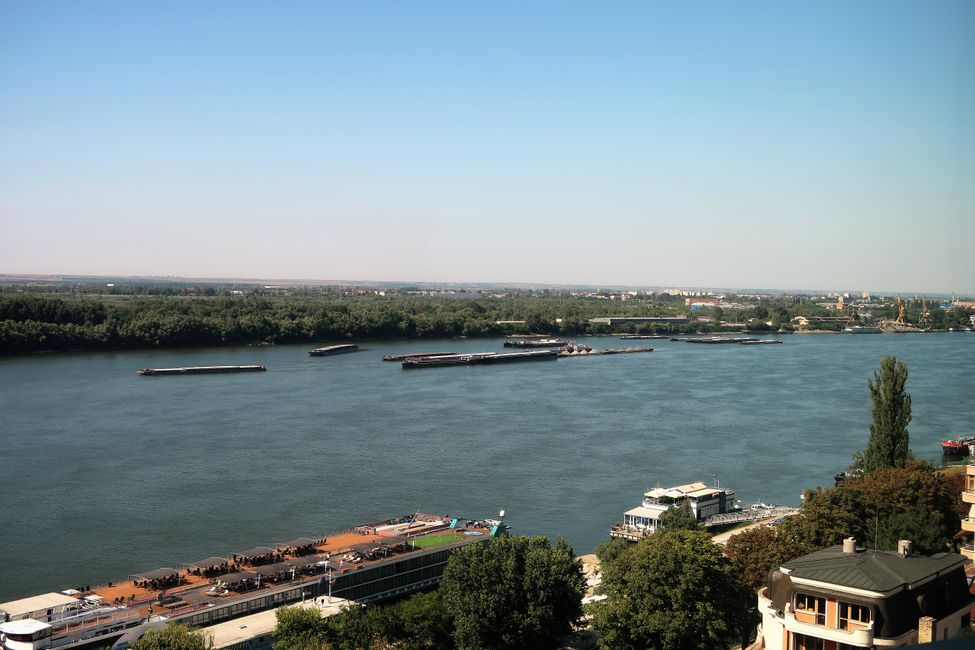
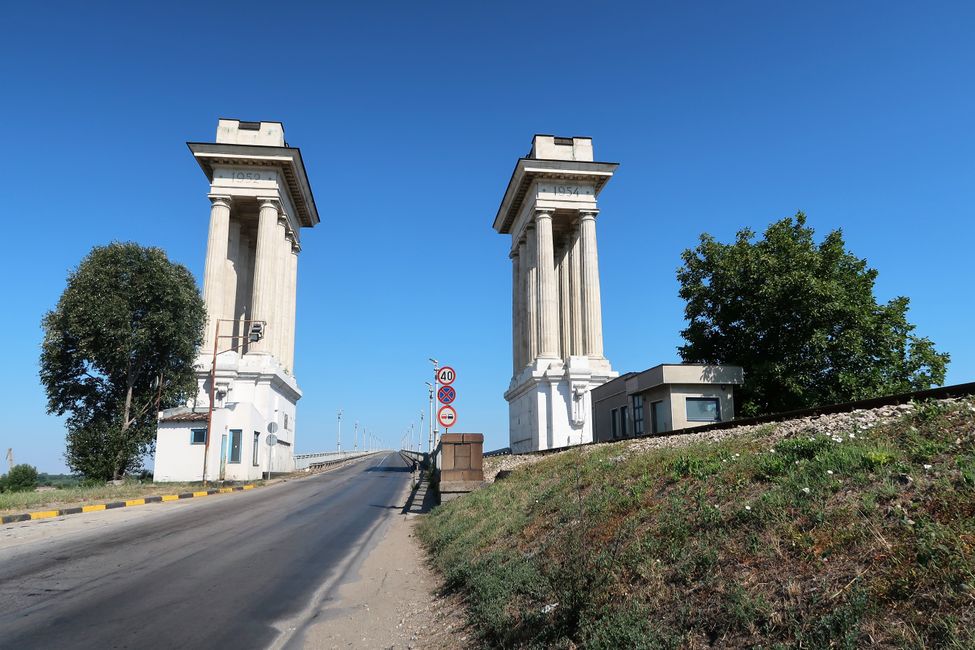
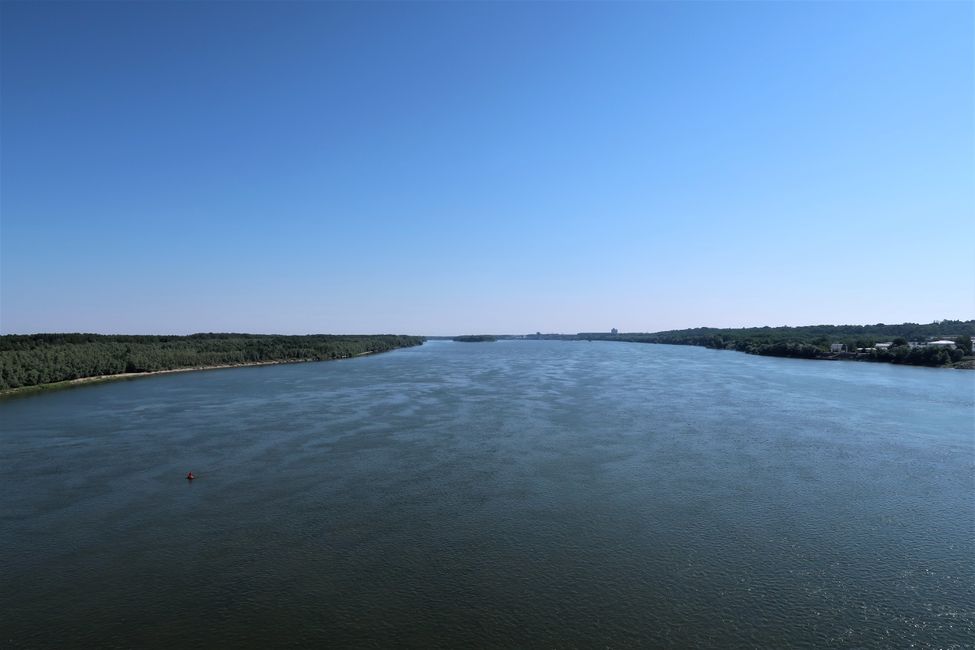
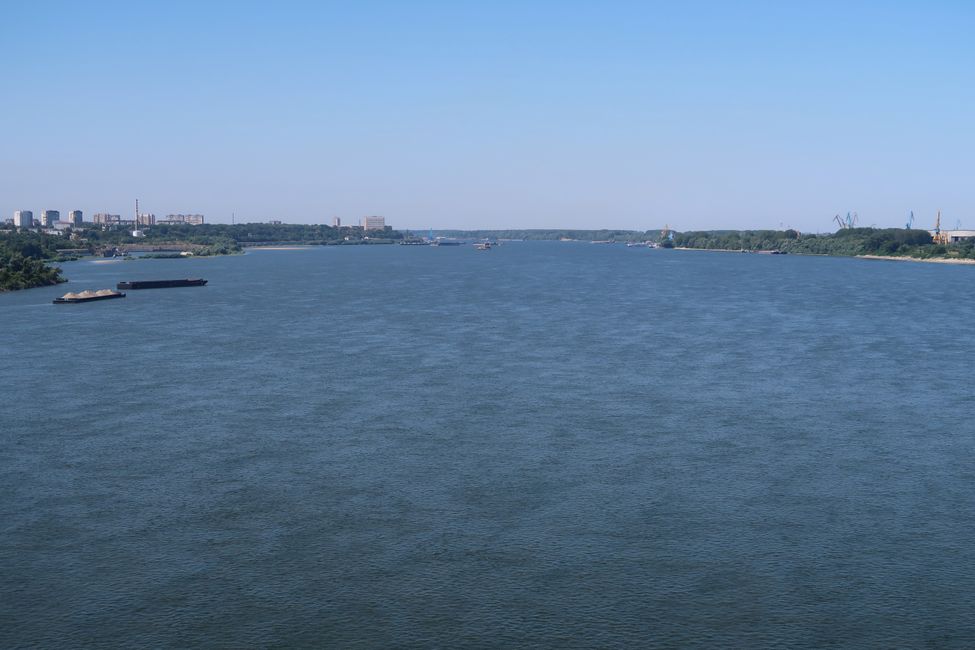
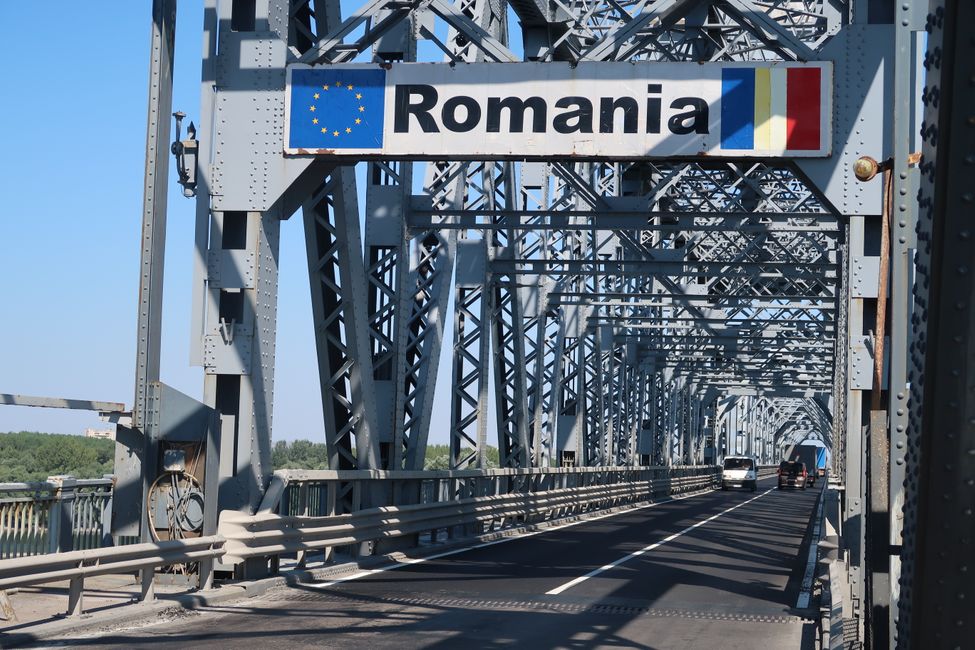
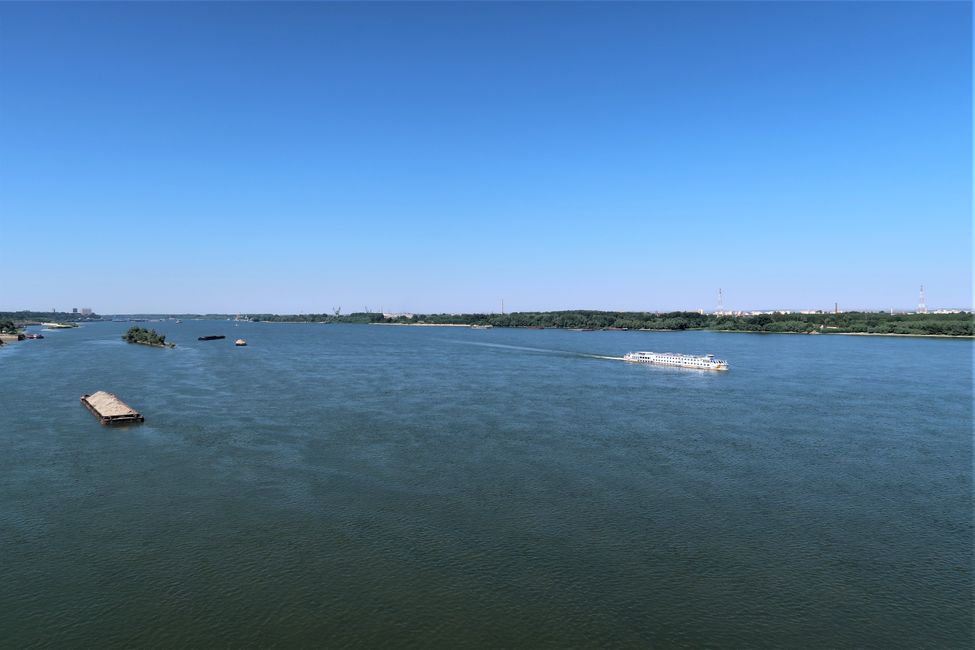
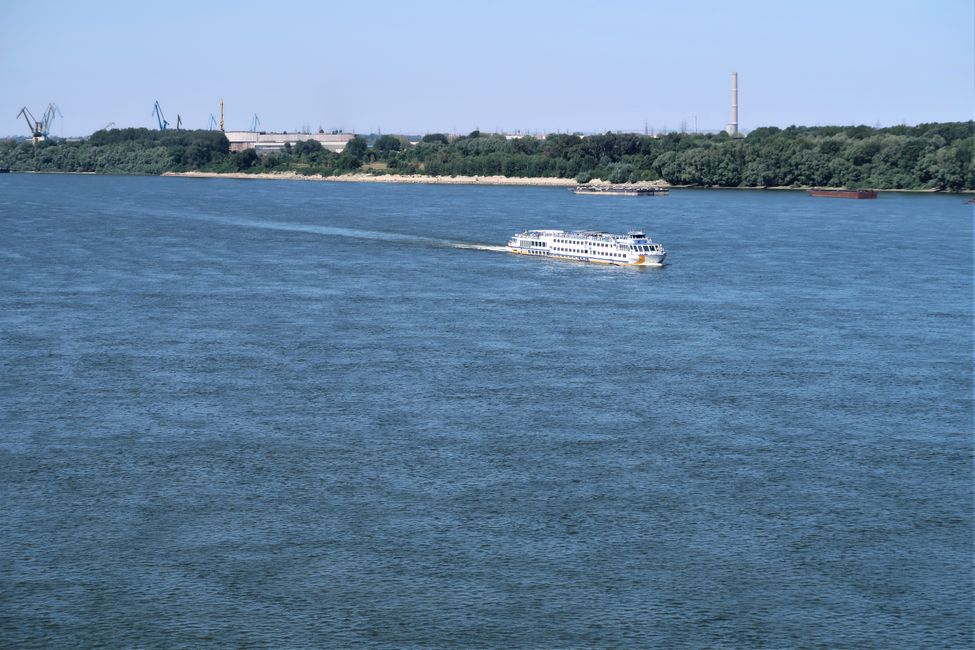
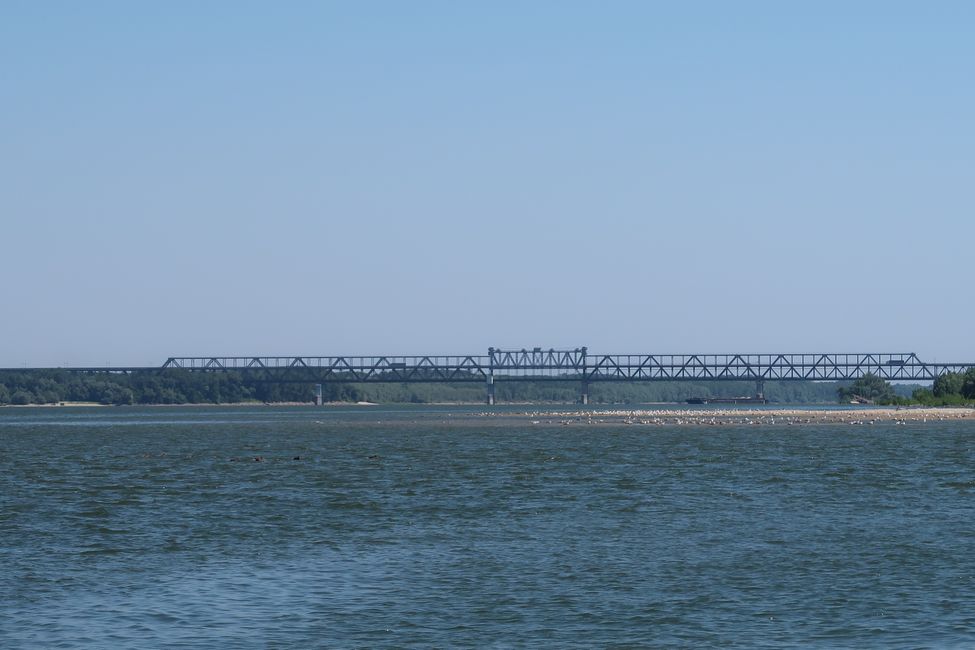
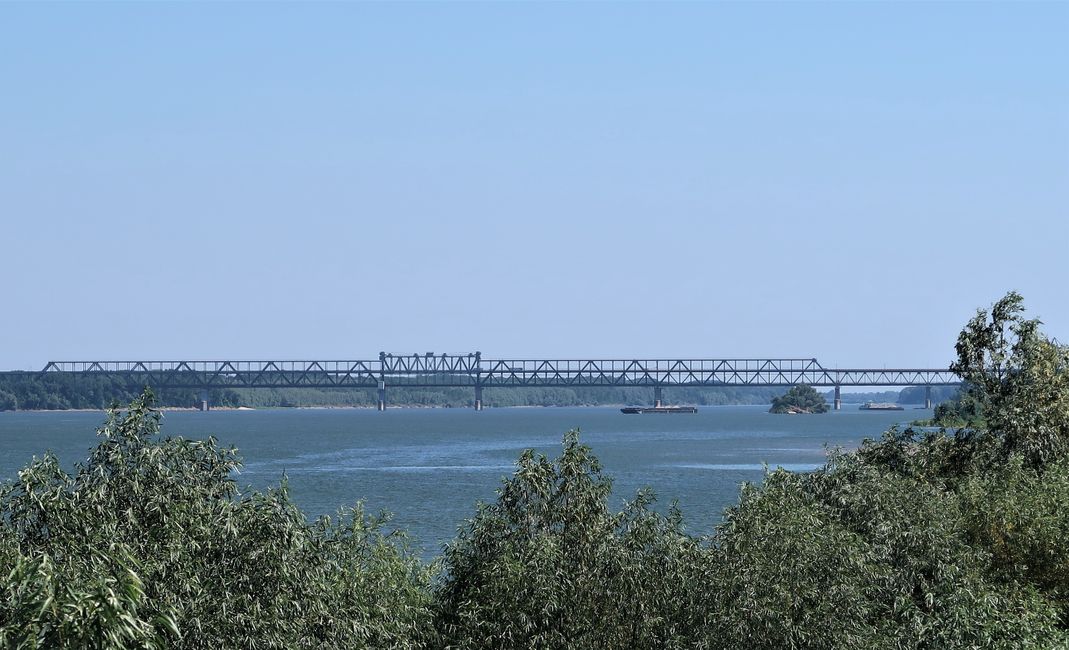
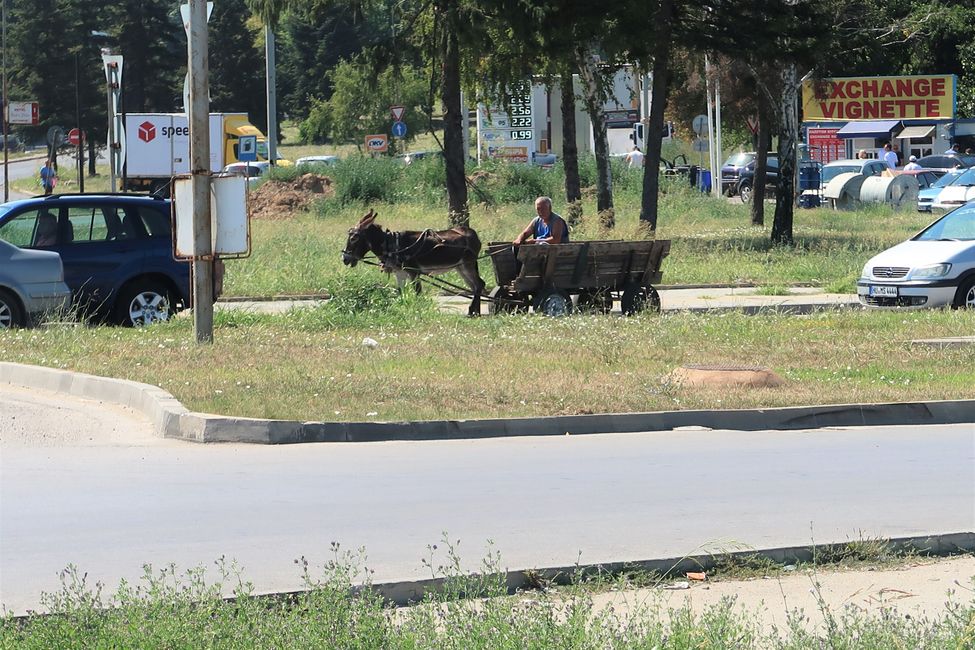
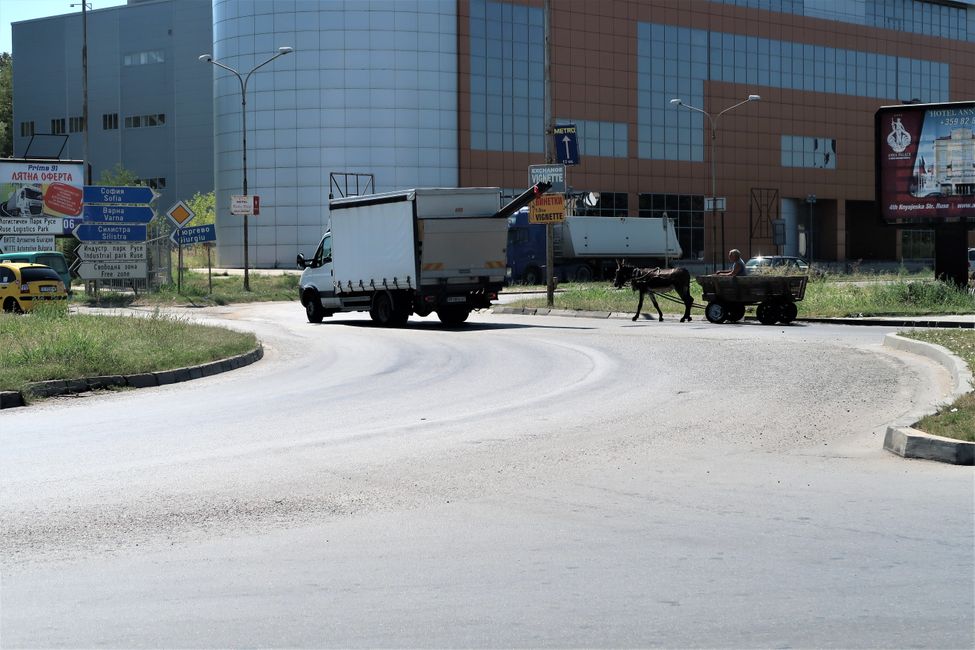
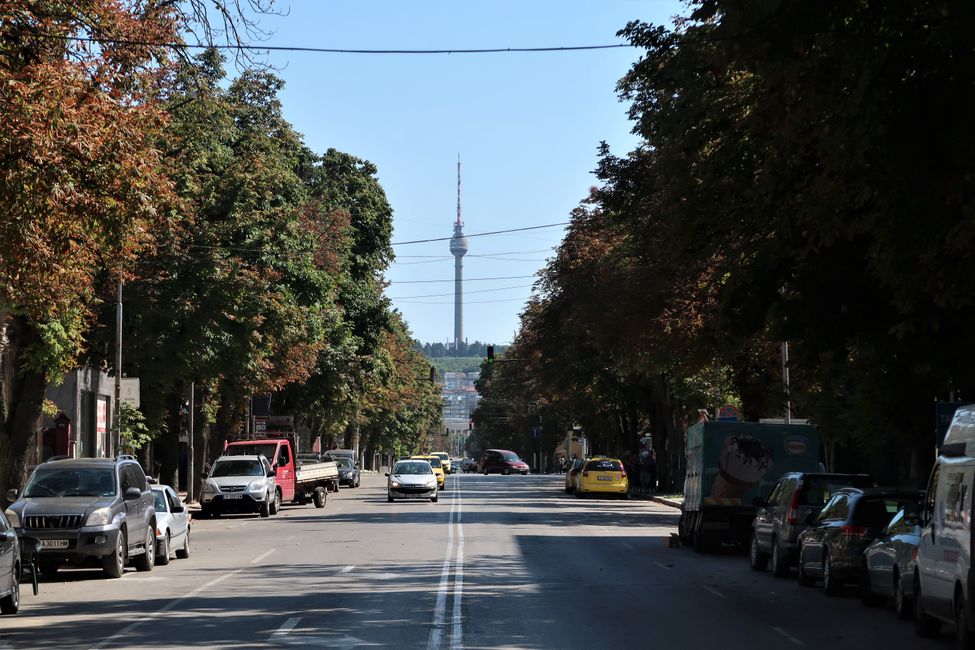
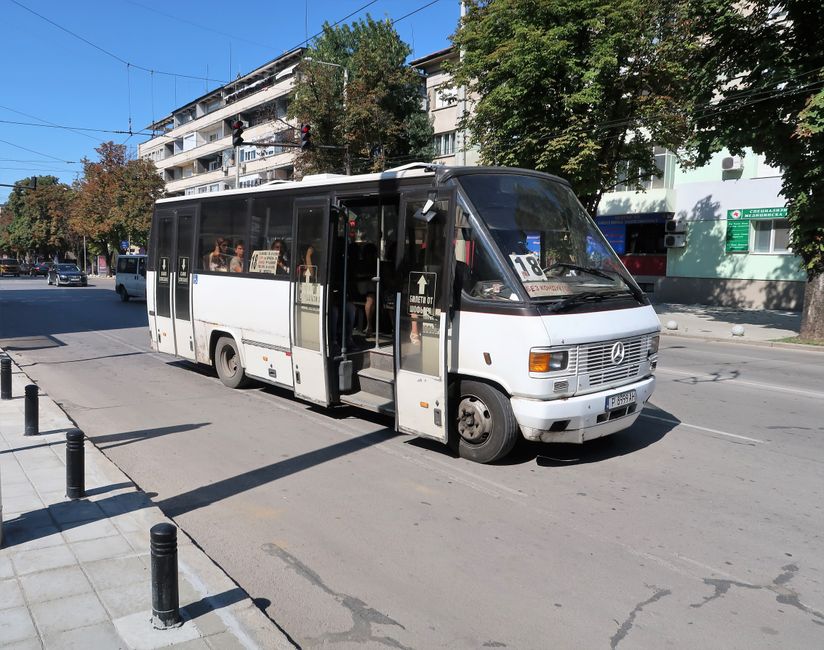
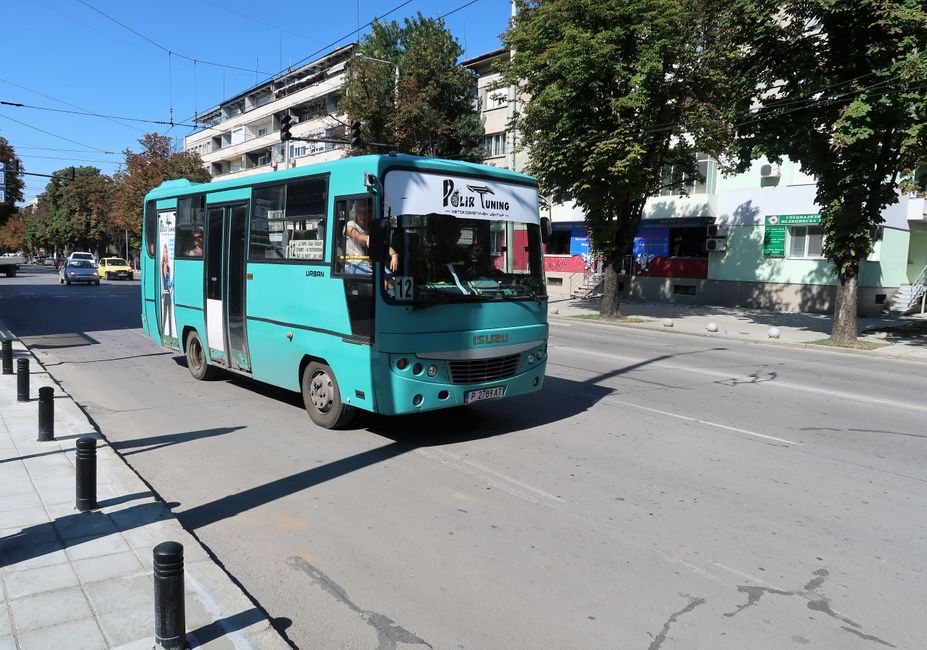
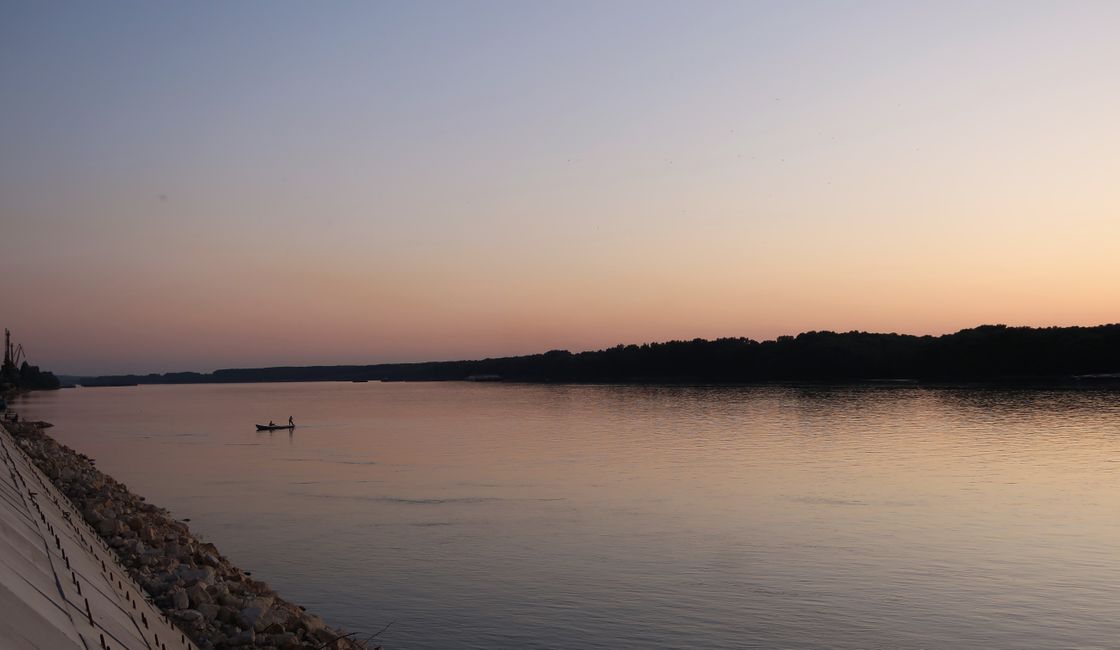
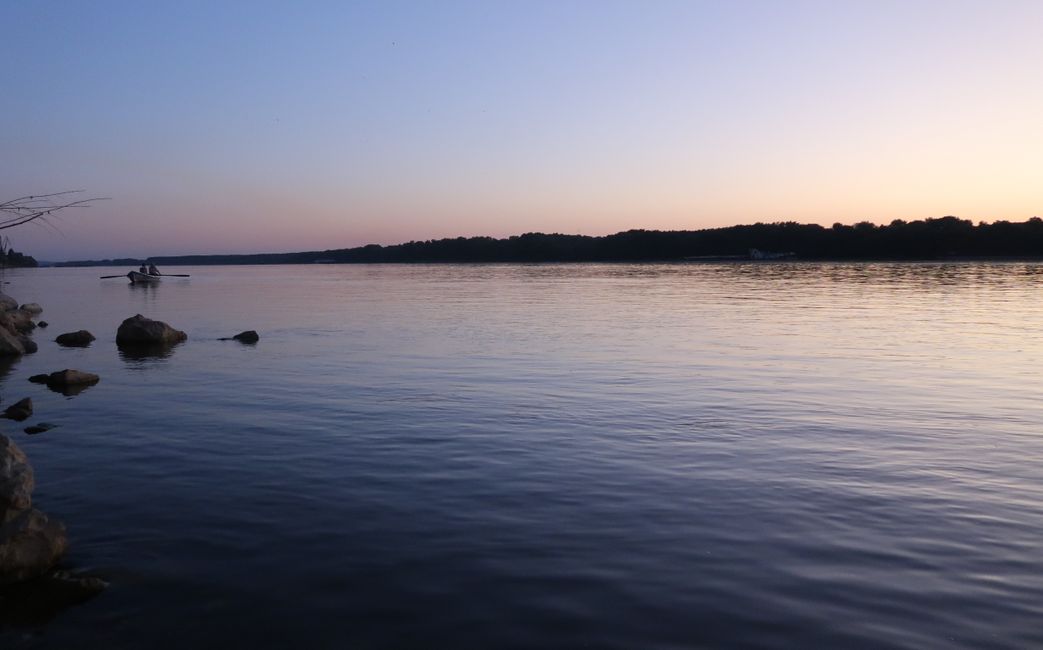
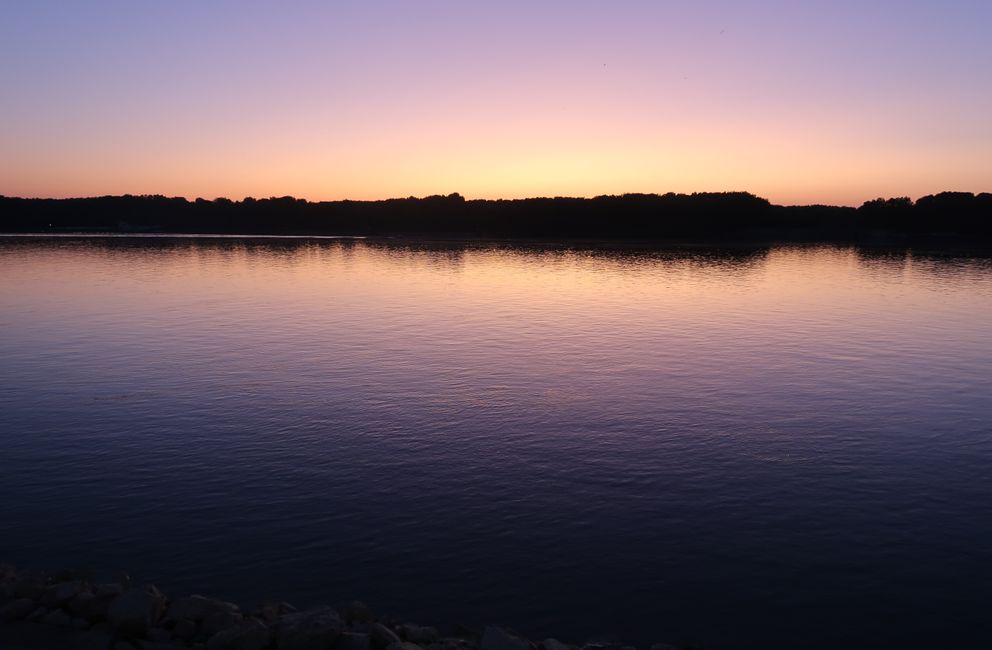
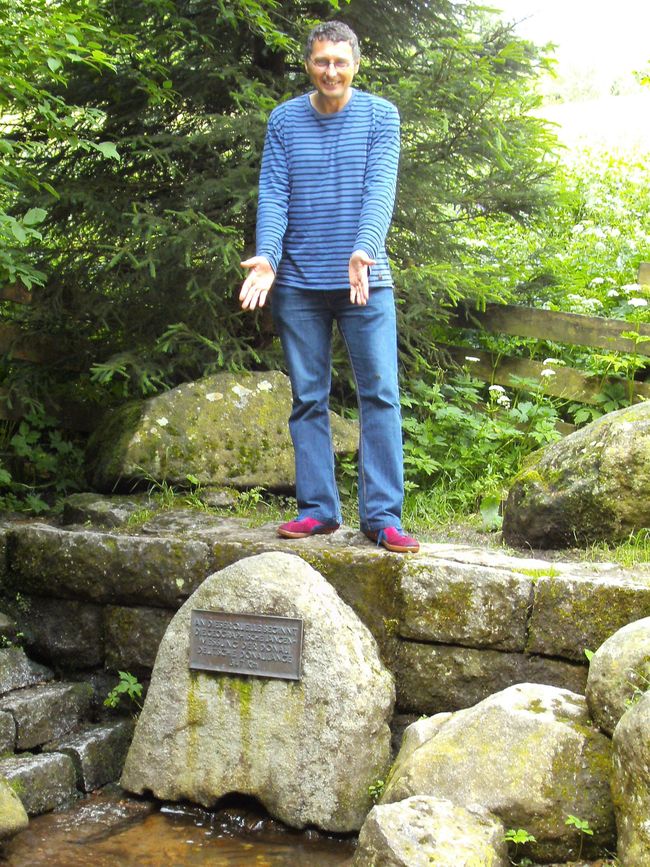
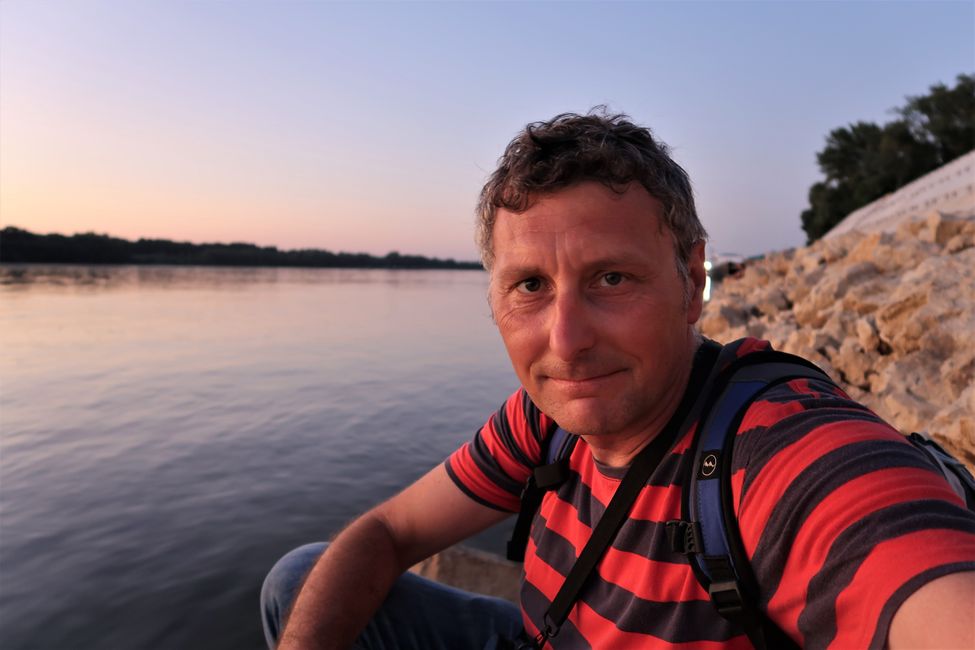
Ohauru ki te Panui
Even as a child, I felt this affinity for the Danube. This river exerted an indescribably strong attraction on me, and I was fascinated as I watched the whirlpool of the Danube, which was even stronger at that time (before the construction of the power plant in 1995), from the old Floridsdorfer Bridge in Vienna. I would walk across the bridge with my parents or later ride my bike alone from Friedrich-Engels-Platz to Hubertusdamm in the 21st district. I was moved and impressed by the abundance of flowing water of this impressive river, and I often wondered where the Danube comes from and, above all, what the source of such a great river looks like. More than three decades later, on July 5, 2013, I finally fulfilled this lifelong dream of mine to stand at the source of the Danube, accompanied by a loved one.
Even during my primary school years, I wondered about how this mighty flowing Danube continues its journey. I would flip through my parents' road atlas, following the course of the Danube, and I noticed with interest that the Danube is called Duna in Hungary, Dunarea in Romania, and Dunav in Yugoslavia and Bulgaria.
Over the past few years, I have visited many beautiful cities and towns along the Danube, from its source to Mohacs in southern Hungary. Visiting the city of Ruse, with its beautiful classical and Art Nouveau buildings, was my true and genuine reason for wanting to visit Bulgaria, due to my lifelong fascination with the Danube that is deeply anchored in my soul.
I have seen the Danube from various perspectives and have taken photographs of it. I specifically chose to stay at Hotel Riga, which is located directly on the docks, with a view of the Danube and across to Romania. Standing on the 'Friendship Bridge' built in 1954 between Bulgaria and Romania was the highlight of this trip for me. Located seven kilometers outside the city in an uninspiring industrial area, reaching the bridge by taxi was an adventure in itself. Explaining to the grumpy border police officer, amidst dense lines of cars and trucks, that I did not intend to cross the border into Romania on foot but only wanted to visit the bridge as a tourist to take some photos of the Danube was another experience in itself. He gestured for me to continue rather abruptly, while I, almost amused by the scene, walked past the monumental pylons and up the bridge ramp. When I looked at the Danube from the bridge, with its massive width, I got goosebumps: The Danube is almost three times as wide at this point compared to the one here in Vienna. I later researched and found that it is 800 meters wide in Ruse, while it is just under 300 meters wide near the Floridsdorfer Bridge in Vienna. Isn't that fascinating . . .
To conclude this collection of photos and my travel report on Bulgaria, I want to compare two images: One is a picture of me standing at the source of the Danube in the Black Forest on July 5, 2013, and the other is a selfie I took by the Danube in Ruse on the evening of August 11, 2019 . . . Isn't it deeply impressive and almost touching to see what this small trickle at an altitude of 1,078 meters in the Black Forest has become after a journey of around 2,400 kilometers? The Danube, which has become a symbol of the flow of life for me, and about which I have written a song. Even now, as I write these words, I still get goosebumps. And with the thought of being here, I bid farewell to my readers. Here, in Ruse on the Danube.
Ohauru ki te Panui
Whakautu
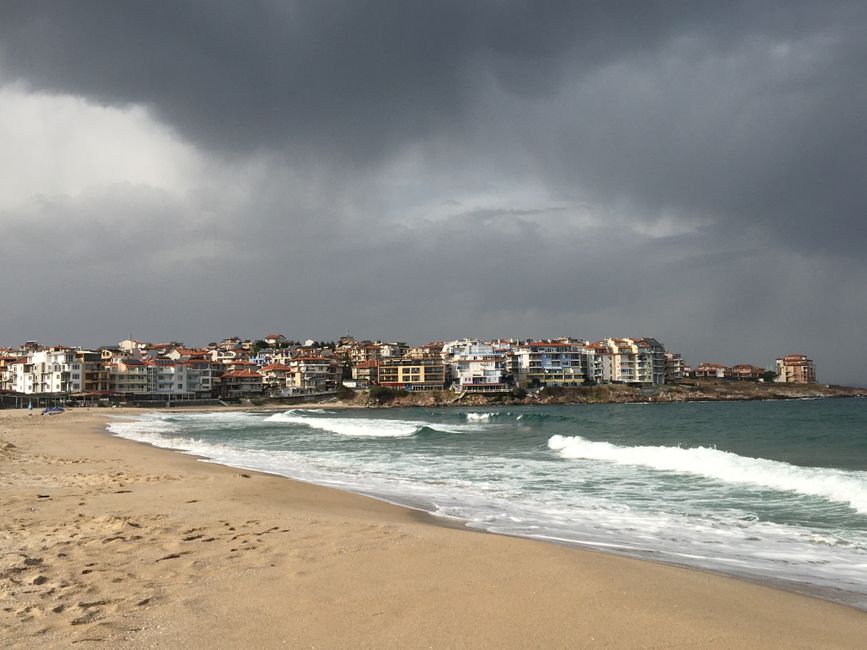
Ripoata haerenga Bulgaria
